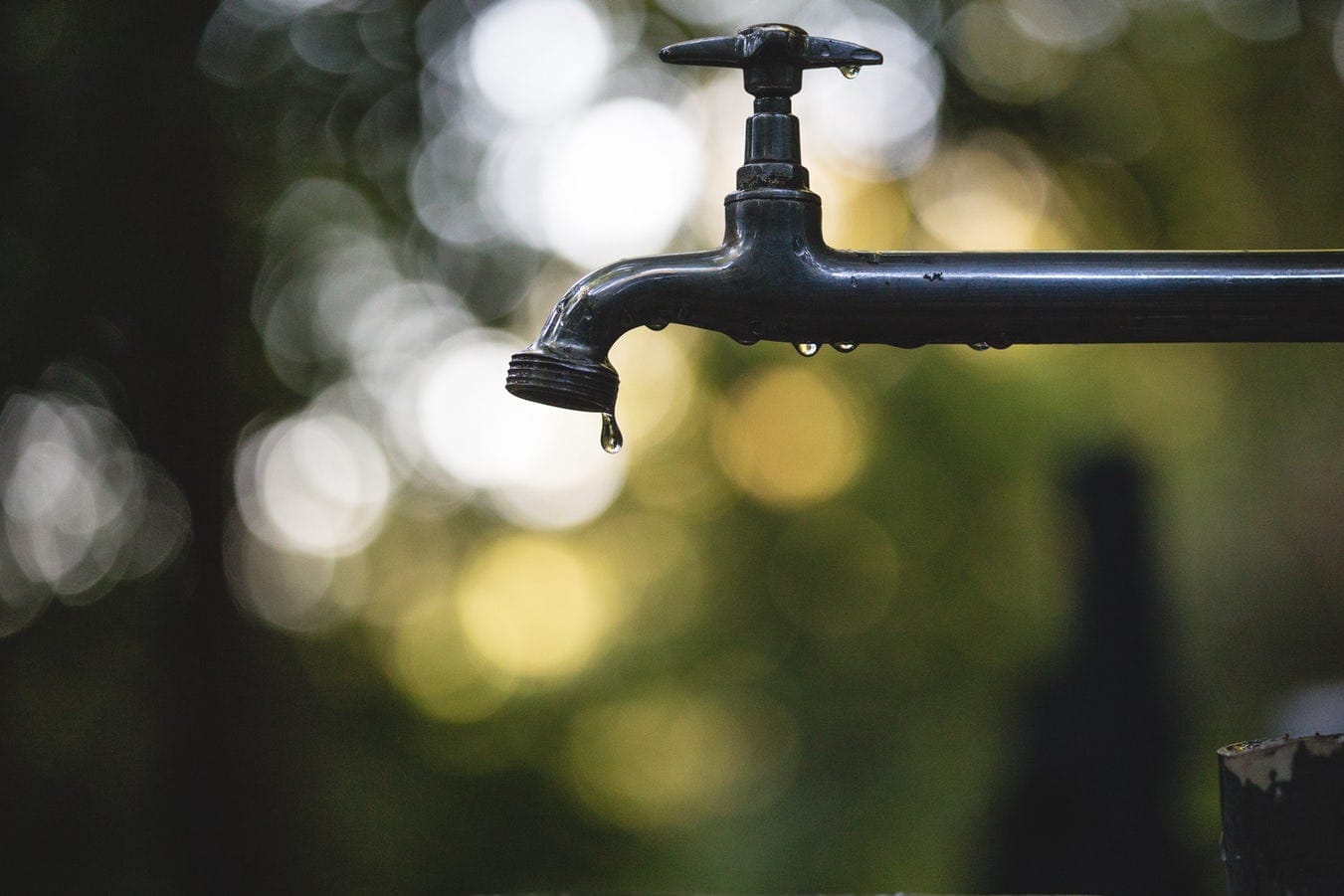Environmental Quality Is More Than Just the Climate

The United States has done a very good job of reducing carbon emissions and human pollutants from sewage and industrial chemicals. But, simultaneously we have unleashed a devastating new environmental problem that has no smell or taste: pesticides and other farmland and rangeland chemicals. These have been in growing use for 50-years. In conjunction with animal removals, their effect on habitat and wildlife has been devastating. Earth’s grasslands – which make up most of the world’s land area – are increasingly bare of plants. This makes soil hotter in summer, colder in winter, and drier year around. Whatever we call it, when we degrade grasslands we harm micro-climates; And when we harm micro-climates across entire continents, we change macro-climates – and increase atmospheric CO2 as well.
NOTE: This article was originally published to WSJ.com on October 27, 2017
“Troubled Waters” (Review, Oct. 21) ought to remind us that the biggest environmental problem in the world isn’t climate change but miserable national environmental scorecards that measure the health of a country’s water, air, land, human health and habitats.

Environmentalists would have us believe that development and affluence are the chief culprits, but the evidence clearly shows that transparent representative democracies with strong and affluent middle classes have far better environmental scorecards than autocracies (Russia, China, Iran) and graft-laden nominal democracies with fragile middle classes (Turkey, Brazil, India). If we don’t get the root cause right, how can we find the right solutions?
Thomas M. Doran
Plymouth, Mich.
